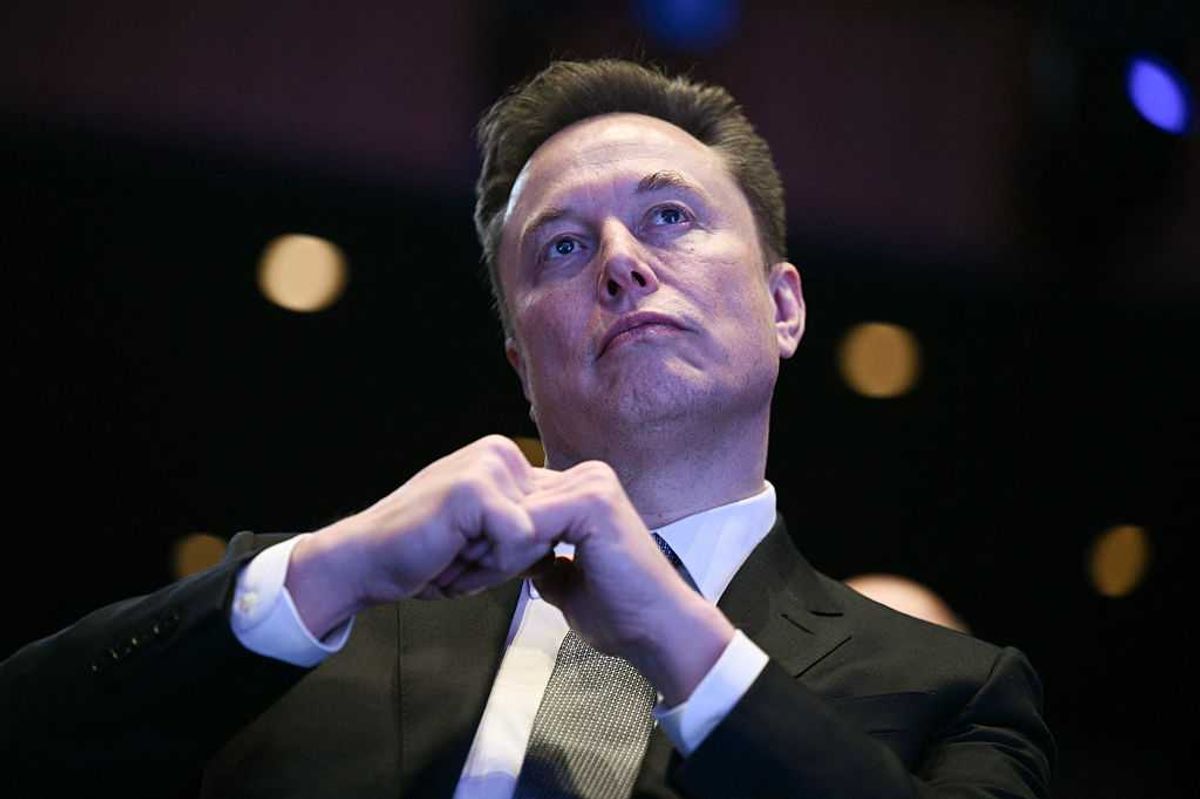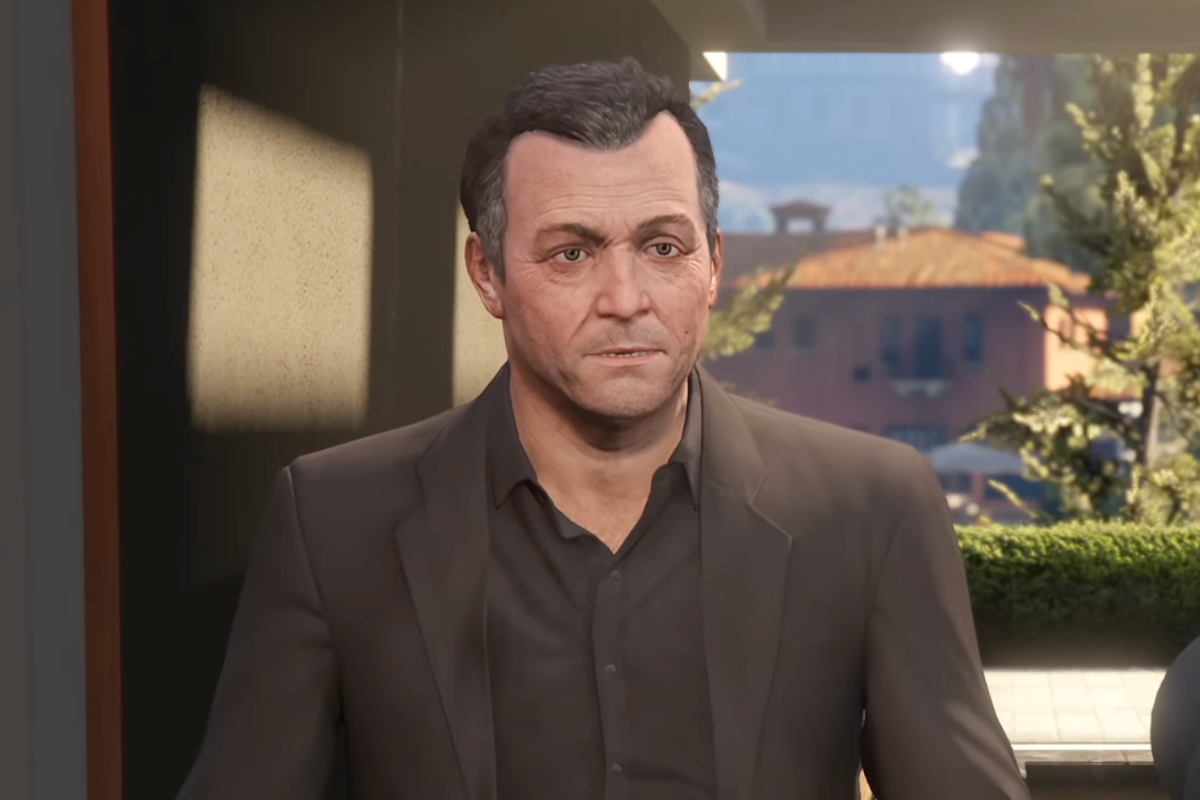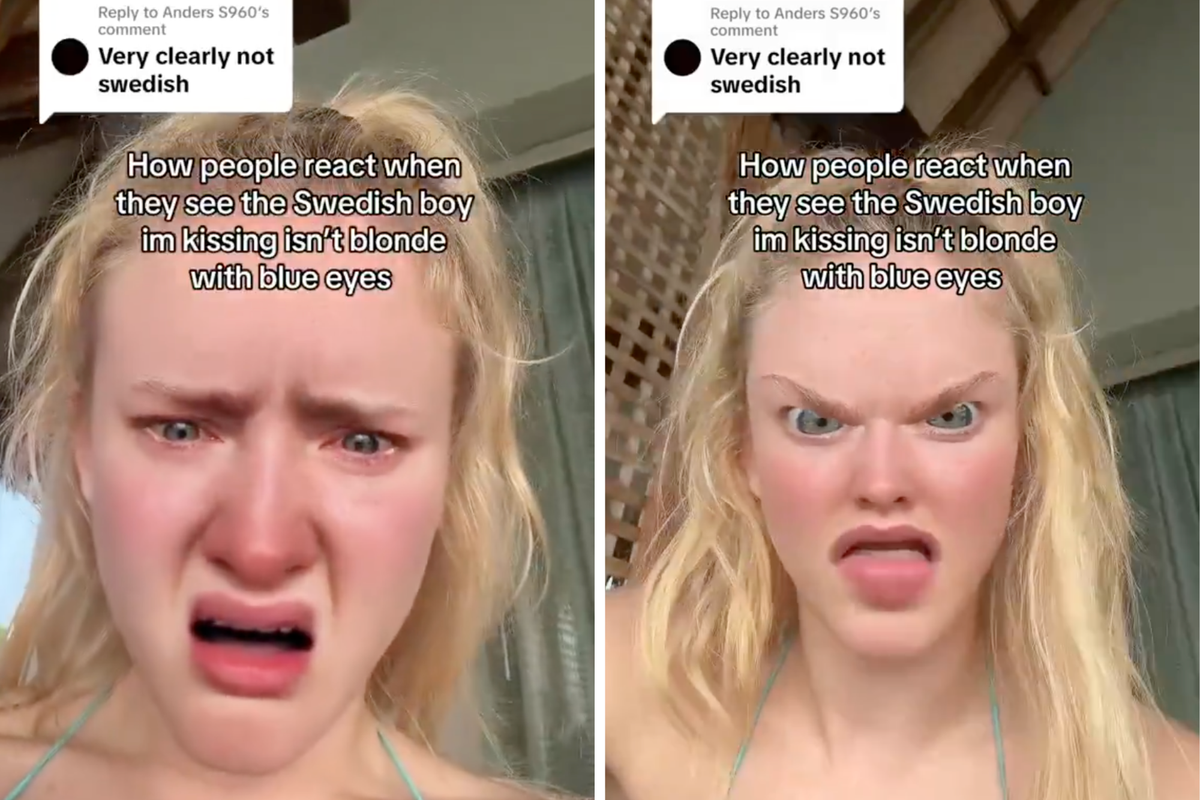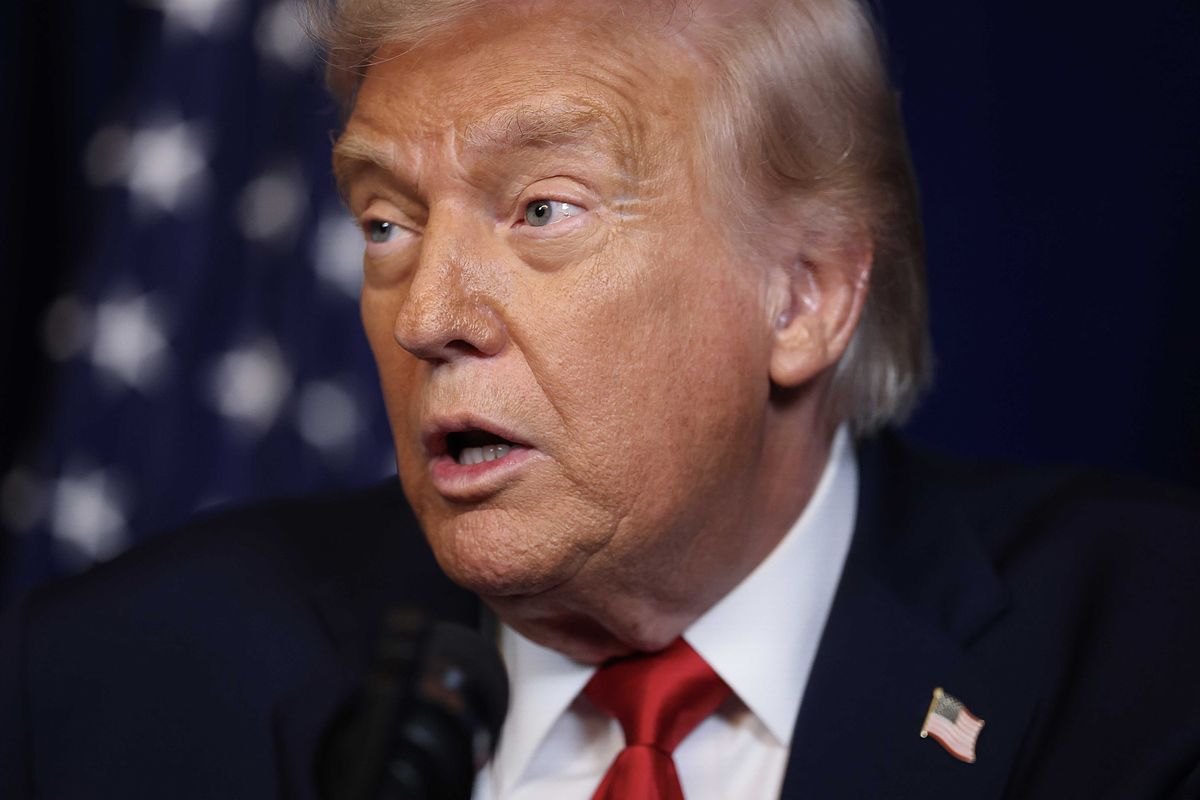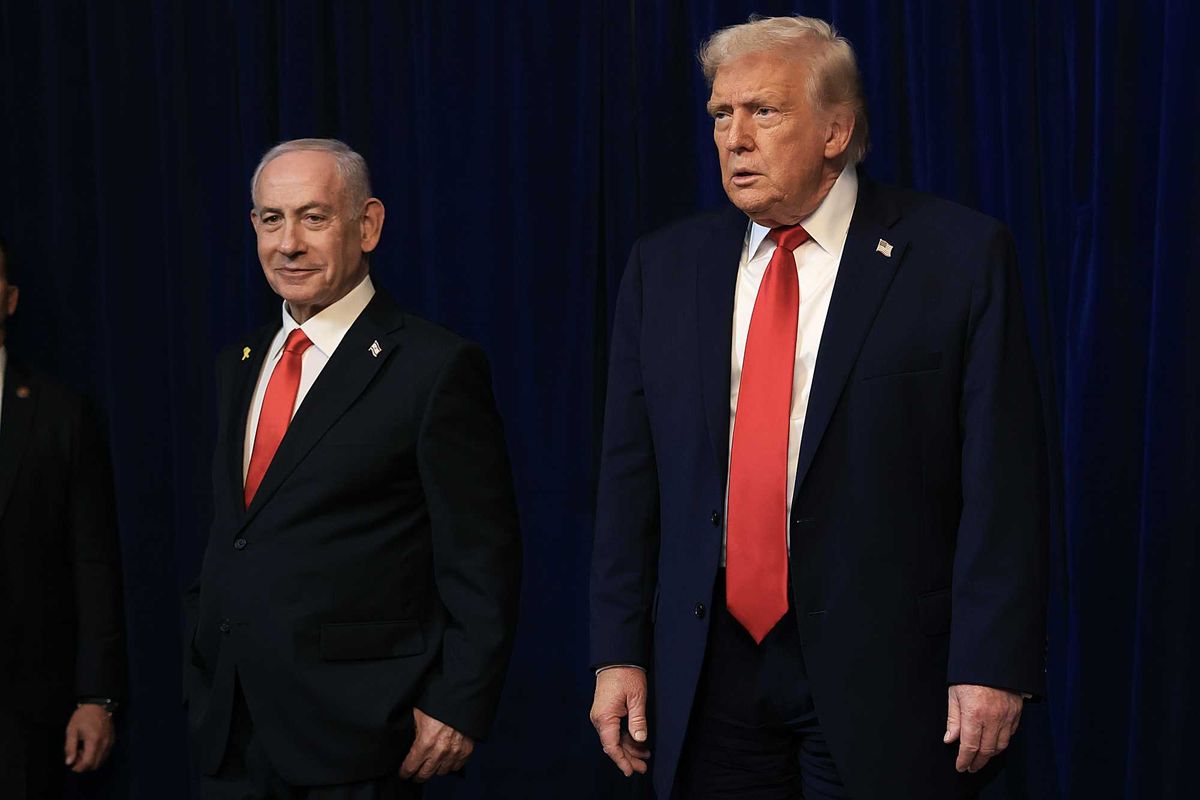Sinead Butler
Oct 05, 2022
Neurosurgeon reveals five things you should never do for a healthy brain
SWNS
While most of us have experienced this at some point in our lives, the phenomenon of déjà vu has left everyone scratching their heads for centuries.
The phrase in English means "already seen," which describes a situation where seemingly out of nowhere you feel that you have either been somewhere, said or done something before, and this gives you a strange feeling.
Various theories have been suggested from a memory in a past life to the supernatural, but scientists believe they've found an explanation behind the sensation and it's to do with how our brains are wired, The Conversation reported.
Sign up to our free Indy100 weekly newsletter
In the early 21st century, scientist Alan Brown reviewed all the research into déjà vu and while some referred to supernatural elements such as past lives or psychic abilities, he also discovered studies about people's actual déjà vu experiences.
These showed how most of the moments were caused by a scene/setting, or a conversation as well as "hints" from the world of medicine of a possible connection between déjà vu and seizure activity in the brain.
That's where Professor Anne Cleary came in and decided to continue with Brown's research and conduct an experiment called the Gestalt familiarity hypothesis.
The theory is that déjà vu occurs when someone has a memory of a place they visit in the past but can't initially remember this memory that has similarities to the setting they are currently in at the moment.
For instance, you walk into a building for the first time but it feels like you've visited it before - this feeling of déjà vu could be due to the building having a similar layout to somewhere you've been before like a dentist's surgery or a childhood friend's place.
But if your brain can't make this connection to the past straight away then that is what causes the feeling of déjà vu.
To put this hypothesis to the test, Cleary and her team used virtual reality to "manipulate the environments people found themselves in" and managed to prove the Gestalt familiarity hypothesis.
"As predicted, déjà vu was more likely to happen when people were in a scene that contained the same spatial arrangement of elements as an earlier scene they viewed but didn't recall," Cleary wrote in The Conversation.
"This research suggests that one contributing factor to déjà vu can be spatial resemblance of a new scene to one in memory that fails to be consciously called to mind at the moment.
She added: "However, it does not mean that spatial resemblance is the only cause of déjà vu. Very likely, many factors can contribute to what makes a scene or a situation feel familiar."
Have your say in our news democracy. Click the upvote icon at the top of the page to help raise this article through the indy100 rankings.
Top 100
The Conversation (0)



